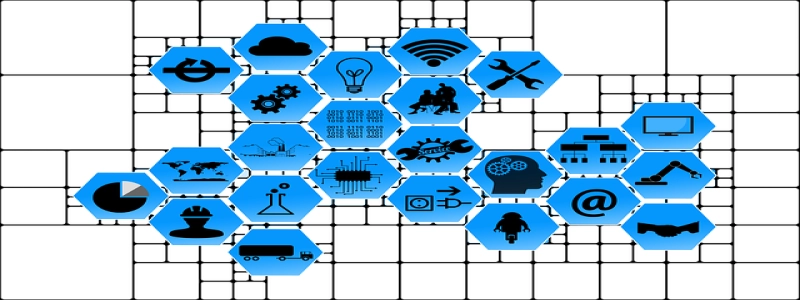Ethernet Coupling
Introduction:
Ethernet coupling refers to the process of connecting multiple Ethernet devices or networks together. It enables the exchange of data between these devices or networks, allowing them to communicate and share information effectively. This article provides a detailed explanation of Ethernet coupling, including its various types and applications.
Types of Ethernet Coupling:
1. Direct Coupling:
Direct coupling involves connecting two Ethernet devices or networks using a single cable. This can be done through a crossover cable, which eliminates the need for an intermediary device, such as a hub or switch. Direct coupling is commonly used for connecting two computers together or establishing a direct connection between two devices.
2. Switch Coupling:
Switch coupling involves connecting multiple Ethernet devices or networks through an Ethernet switch. An Ethernet switch acts as a central hub, providing connectivity to all the connected devices. It creates a network infrastructure that allows for the simultaneous transmission of data between multiple devices. Switch coupling is widely used in small to large-scale networks, such as offices, data centers, and homes.
3. Hub Coupling:
Hub coupling is similar to switch coupling, but it uses an Ethernet hub instead of a switch. An Ethernet hub is a less advanced device compared to a switch as it broadcasts data to all the connected devices, resulting in slower transmission speeds. Hub coupling is mostly used in small-scale networks, where cost-effectiveness is a priority.
Applications of Ethernet Coupling:
1. Local Area Networks (LANs):
Ethernet coupling plays a crucial role in establishing and expanding local area networks. By connecting multiple devices together, LANs allow for efficient data transfer, resource sharing, and collaboration within a specific area, such as an office or building. Ethernet coupling is essential in creating a seamless network environment within LANs.
2. Wide Area Networks (WANs):
Ethernet coupling also has significant applications in wide area networks. By connecting multiple LANs across different geographical locations, WANs facilitate communication and data transfer between remote devices and networks. Ethernet coupling enables WANs to transmit data over long distances, making it crucial for corporate networks, internet service providers, and telecommunications companies.
3. Internet of Things (IoT):
The rise of IoT devices has increased the demand for Ethernet coupling. With the proliferation of interconnected devices, Ethernet coupling enables efficient communication and data exchange between these devices. It forms the backbone of IoT networks, allowing for real-time data collection, analysis, and control in various domains, including smart homes, industries, healthcare, and transportation.
Conclusion:
Ethernet coupling plays a vital role in connecting Ethernet devices or networks, enabling efficient data transfer and communication. With different types of coupling available, such as direct coupling, switch coupling, and hub coupling, it caters to various network requirements and sizes. Whether it’s establishing LANs, WANs, or supporting IoT devices, Ethernet coupling forms the foundation of modern networking systems.








